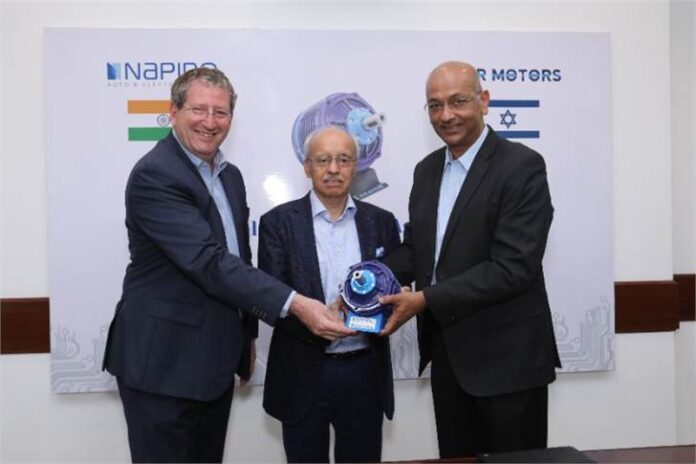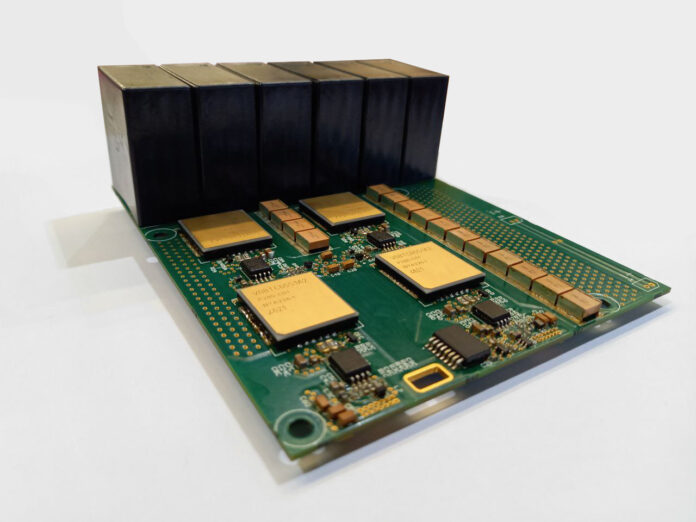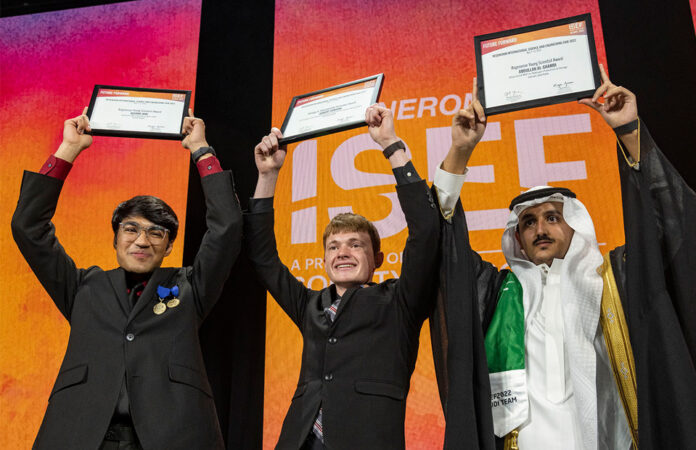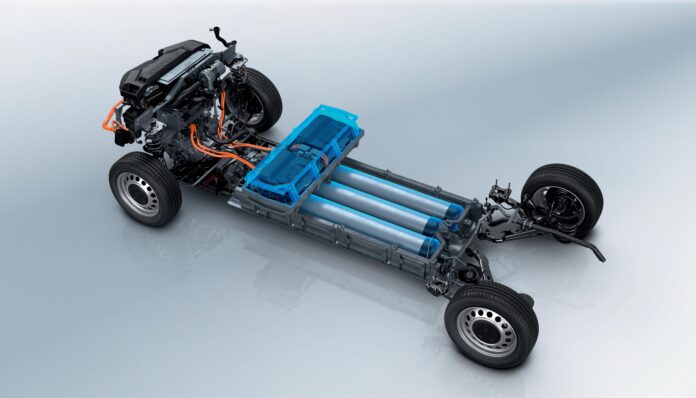University constantly operates in the research and development of an electric future. A scenario that frames also Turin Polytechnics, which has recently presented the CARS-HEV infrastructure for the experimentation of conventional, hybrid and electric vehicles implemented by CARS Inter-department Centre and co-funded by Piedmont Region through European Funds. Everything was presented during an event organized by the Polytechnics in collaboration with FPI Fondazione Piemonte Innova, Mesap, Pole of Mechatronic Innovation and Advanced Manufacturing Systems and AVL Italy.
During the meeting, they described the activity of the Center for Automotive Research and Sustainable Mobility CARS and of the innovative test chamber Hybrid/Electric powertrain and Vehicle Test Facility and they presented as best practices the collaborations with JRC-Joint Research Center, with Stellantis and with AVL.
The infrastructure allows carrying out the test cycles demanded by international regulations, in addition to non-standard drive cycles, like those acquired by the experimentation on the road to validate control strategies of the energy management system, measuring consumptions, efficiency and emissions.
Professor Matteo Sonza Reorda, Vice-Rector of Research for Polytechnics, stated: «Turin Polytechnic, with this new forefront structure has succeeded in orienting the available resources at best, seizing the opportunities offered by INFRA-P announcement by Piedmont Region to support the implementation of new open-access research infrastructures, through which boosting territory’s socio-economic development according to a cooperation between public and private»
University, an infrastructure to experiment new electric vehicles
India, EVR Motors’ TSRF technology on Napino bicycles and tricycles
EVR Motors is the inventor of a newly designed and patented motor topology – the Trapezoidal Stator – Radial Flux Permanent Magnet (TS – RFPM) topology to develop and manufacture motors for electric two-wheelers in India.
Recently, a partnership has been established between the motor manufacturer and Napino Auto & Electronics. This is EVR Motors’ second partnership in India; earlier it had inked a partnership with Omega Seiki Mobility for the electric three-wheeler segment.
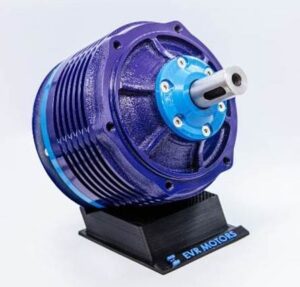 The TSRF technology is said to be distinctive because of its lightweight and compact design. The proprietary TS Topology has a unique trapezoidal tooth shape core structure, which improves flux distribution, reduces leakage, and gives superior heat dissipation with good thermal capacity.
The TSRF technology is said to be distinctive because of its lightweight and compact design. The proprietary TS Topology has a unique trapezoidal tooth shape core structure, which improves flux distribution, reduces leakage, and gives superior heat dissipation with good thermal capacity.
The TS topology can be tailored for a wide variety of requirements and enable multiple variations based on the same design and tooling. The air-cooled motor for two-wheeler application weighs under 7kg, has a diameter of 130mm and is said to be a perfect fit for Indian electric two-wheeler applications. The modular voltage range is between 48- 96V.
The partners will pool in their expertise of designing and manufacturing the all-new TSRF motors at Napino’s manufacturing facility.
The twice as fast electric motor from Australia
In the University of New South Wales in Sydney, a team of researchers-engineers has created an electric motor able to double the maximum rotation speed, increasing the potential of standard permanent-magnet motors. The motor, in fact, can reach rotation speeds exceeding 100,000 RPM and, moreover, the manufacturing method allows decreasing the quantity of necessary rare earths, diminishing the motor’s costs and environmental impact.
One of the consequences of the high rotation speed is the rise of power density, a fundamental factor to achieve excellent performances, taking up little space and weighing less. In the Australian motor the peak power density is about 7 kW per kilogram.
Furthermore, the system has been studied to be scalable and adaptable to manufacturers’ different requirements, and it can be modified at will with a study that lasts about 6-12 months.
Where does the inspiration start from? From a bridge in South Korea.
Designing e-motors with artificial intelligence

The two Japanese giants Mitsubishi Electric Corporation and Toshiba Mitsubishi-Electric Industrial Systems Corporation (Tmeic) have recently announced they have developed a support system to the design of electric motors that integrates the artificial intelligence.
It is AI Maisart® technology by Mitsubishi Electric that allows drastically reducing the necessary time to implement projects of electric motors that can reach the same performances as conventional engineering methods manually used by skilled engineers.
What is expected? Tmeic will adopt the system since 2024 to design electric motors for pumps, compressors and blowers in industries. It is a precious opportunity because it allows, in simpler manner, adjusting design specifications to balance performances versus design, such as for instance the energy efficiency with regard to motor sizes.
Power converters, gallium nitride technology
The collaboration between Power Electronics Innovation Center (PEIC) of Turin Polytechnics and Marelli Motorsport, the Motorsport business unit of Marelli global automotive supplier, expert in the development of hybrid and electric systems for motorsport, concerns the area of gallium nitride technology (GaN) for the power electronics intended for electric motors.
The collaboration is aimed at the design and prototyping of an innovative multi-level 900-V high-power inverter for electric traction, based on GaN technology.
It is a forefront technology that can reach record switching frequencies and low switching energy, allowing a drastic reduction of passive components.
GaN technology opens new horizons in the ambit of the design of power converters, the field where the collaboration aims at excelling in terms of high-efficiency multi-level architectures, gate driving, reliable and optimized parallelization of devices, technologies of high-frequency and temperature capacitors, integration of capacitors and semiconductors on printed circuit boards aimed at the cost reduction, advanced cooling solutions.
The concept study started in 2021 and it is currently in the prototyping phase, which provides for two development stages by the end of 2022.
Multi-three-phase drives are becoming more and more widespread
The objective of PEIC, Power Electronics Innovation Center integrated into Turin Polytechnics, is to provide power conversion solutions for electric vehicles powertrains and chargers, more electric aircrafts, energy production and harvesting from renewables, smart transformers for electrical grids, more efficient variable speed drives, just to name some strategic applications.
Among the latest contents published on PEIC social channels, there is the fact that the multiphase solutions, multi-three-phase drives are becoming more and more widespread in practice as they can be modularly supplied by conventional three-phase inverters. Let us go into detail: most torque control solutions for multi-three-phase motors currently use vector space decomposition (VSD). In this way, the conventional control schemes for three-phase drives can be implemented, reducing the complexity of the control algorithm. However, this advantage is practically lost in the case of open-three-phase faults since additional post-fault control modules need to be implemented. Much attention is focused on Fault-Tolerant Torque Controller Based on Adaptive Decoupled Multi-Stator Modeling for Multi-Three-Phase Induction Motor Drives. It is a novel control approach that allows using any control scheme developed for three-phase motors to perform the torque regulation of a multi-three-phase machine both in healthy and faulty operation.
Young scientists, awarded the project of the magnet-free synchronous reluctance motor
The Regeneron International Science and Engineering Fair is a big international STEM competition of higher schools that takes place every year in the United States. In the last edition, the young scientists of higher schools worldwide won almost 8 million dollars in awards and scholarships.
Among them – obtaining a prize worth 75,000 dollars – there is also a student committed to a project whose mission is revolutionizing the world of electric motors. He is the seventeen years old Robert Sansone from Fort Pierce, in Florida. The teenager has already accomplished over 60 projects connected with the engineering world and today the focus is on his project to improve the synchronous reluctance motor, which can operate without magnets and without using rare earths.
We cannot reveal a lot because the technology is not patented, yet. However, we can say the teenager, not relying on many resources to implement advanced motors, has to manufacture a scale prototype by using a 3D printer and exploiting plastic. The delivered torque exceeds 39%, whereas efficiency is 31% higher at a rotation speed of 300 rpm. At 750 rpm, the efficiency has improved by 37%. Clearly, they are much lower rotation speeds than motors on trade because the prototype has not been brought to higher rotation rates to avoid overheating plastic components. Maybe that money won will allow him further developments.
Cues and inspirations by Muner University
The University can prove to be a hotbed able to make whole sectors evolve. It is always precious to underline the school’s key role, especially concerning STEM subjects that have the entire potential to improve the world. An excellent example is represented by Jacopo Ferretti, fresh graduate in Electric Drive Engineer during his master of Electric Vehicle Engineering at University of MUNER who has developed some cool University projects with the target of innovating in the ambit of electric motors.
«I was asked to analytically design two electric motors using Matlab, and to validate them using Finite Element Analysis, with FEMM». The motors under investigation were 28kW Induction Motor and 55kW Surface Permanent Magnet Motor.
«The main difficulty during this project was to use and to understand all the equation seen during the course. I have to admit that I spent a lot of time troubleshooting and understanding why my outputs were not so great! At least, it was a great experience and I have learned a lot of new things regarding EM that were unclear for me».
Recently, on Linkedin, the neo-engineer has made available his reports Induction and SPM motor design, Citycar comfort evaluation, comparing suspension in case of traditional and In-wheel powertrain, and Electromagnetic Compatibility,
The new generation of electric vans by Peugeot uses hydrogen
Among the first that have proposed a commercial electric van powered by hydrogen fuel cells as standard, Peugeot is more and more raising the bar. And it does it with the new e-Expert Hydrogen, compact van equipped with a next-generation technology called “Next gen e-Van Hydrogen efficiency”, enabling it to travel over 400 km at zero emissions, being recharged in less than 3 minutes.
Based on the EMP2 (Efficient Modular Platform) multi-energy platform, the PEUGEOT e-EXPERT Hydrogen is an all-electric vehicle, combining two on-board sources of electrical energy, thanks to STELLANTIS’ innovative “mid-power plug-in hydrogen fuel cell electric” system: the system combines a battery that can be recharged from the mains with the fuel cell powered by hydrogen contained in the canisters under the vehicle floor. The PEUGEOT e-EXPERT Hydrogen benefits from all the advantages of hydrogen, battery technology and electric traction.
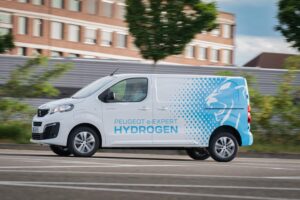 Actually, it is the hydrogen version of its electric van with fuel cell technology by Stellantis.
Actually, it is the hydrogen version of its electric van with fuel cell technology by Stellantis.
The hydrogen-powered fuel cell is combined with a rechargeable lithium-ion battery with 10.5 kWh capacity and 90 kW power. Positioned under seats, the battery also supplies the electric motor during some driving phases.
An onboard 11-kW three-phase battery charger is used for the power supply. These two energy sources work in synergy to power a permanent-magnet electric motor, with 100 KW (136 HP) power that delivers 260-Nm torque.
Positioned on the front axle, this electric traction chain resembles the one of Peugeot e-Expert (electric battery model). The van features the same load volume characteristics as battery electric and diesel versions: up to 6.1mü of cargo volume, 1100 kg of payload, 1000 kg of towing capacity. The high-voltage battery is guaranteed for 8 years or 160,000 km, by at least 70% of its efficiency.
Electric motor with recycled magnets?
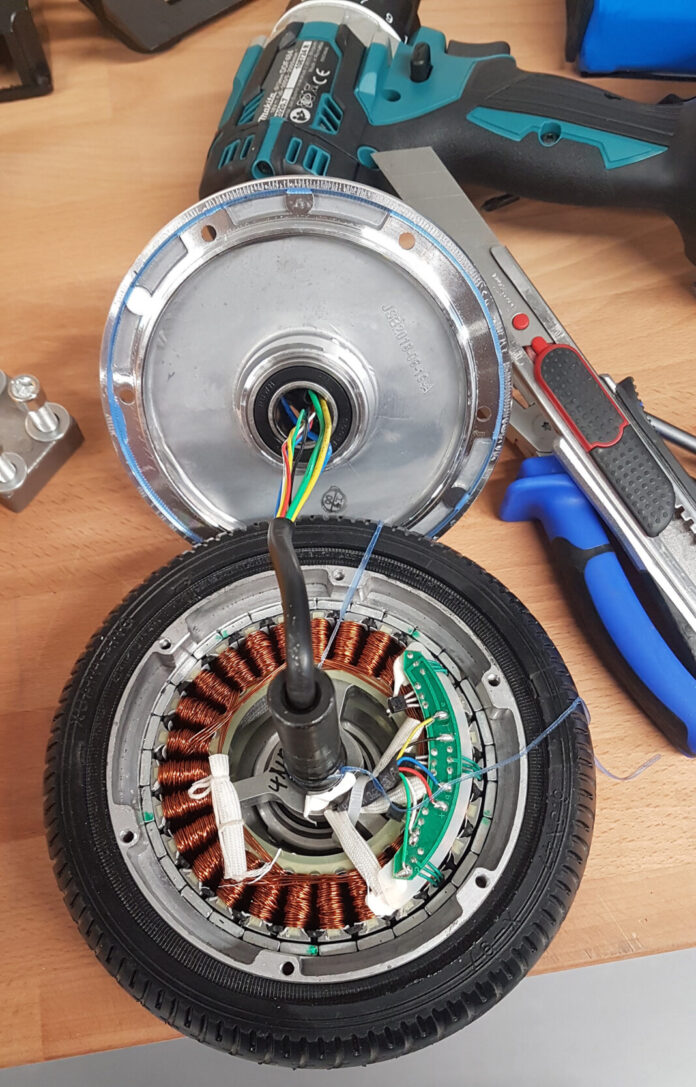
Recycled magnets can be used to power motors in the electric mobility sector, without any power loss compared to new magnets. As proven by FunMAG project, developed by Fraunhofer Institut: «During the process, magnets absorb a bit of oxygen, which results in a slight deterioration of quality, but we can contrast it by adding from 10 to 20 percent of new material or by further processing magnets’ microstructure”, explained Konrad Opelt, project head and material scientist.
Neodymium-based magnets are the most powerful at disposal on the market and represent about half of motor’s costs because, as the name suggests, they contain rare earth elements like neodymium or dysprosium. The mining activity releases poisonous by-products that can pollute groundwater, causing damages to both people and to nature. Although the manufacturing process is expensive and problematic, magnets are generally rejected and melt together with steel scraps.
Nowadays researchers are working to optimize the treatment during the recycling process.


